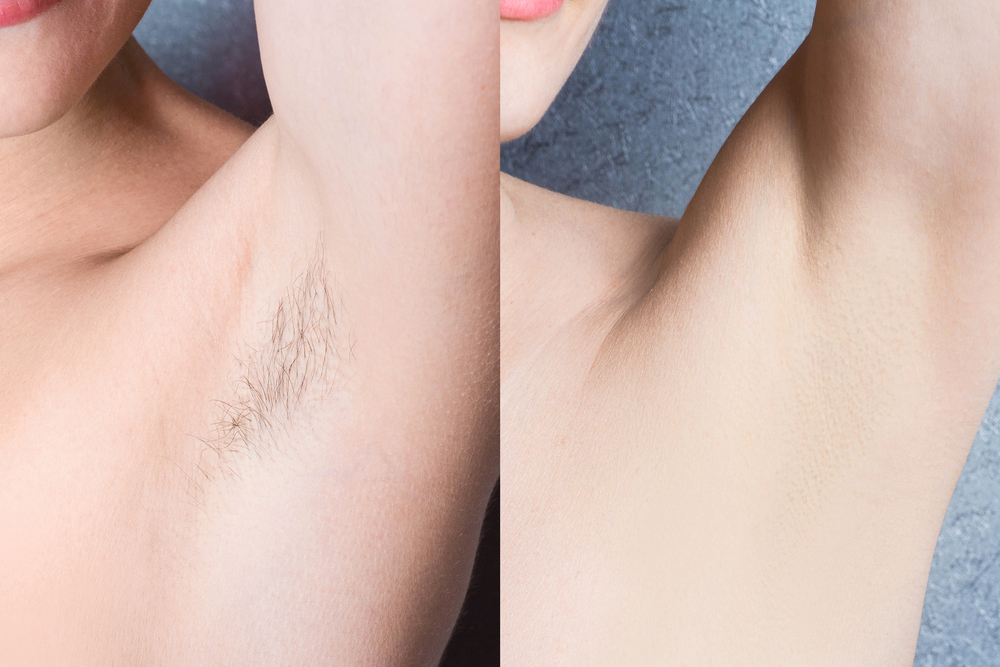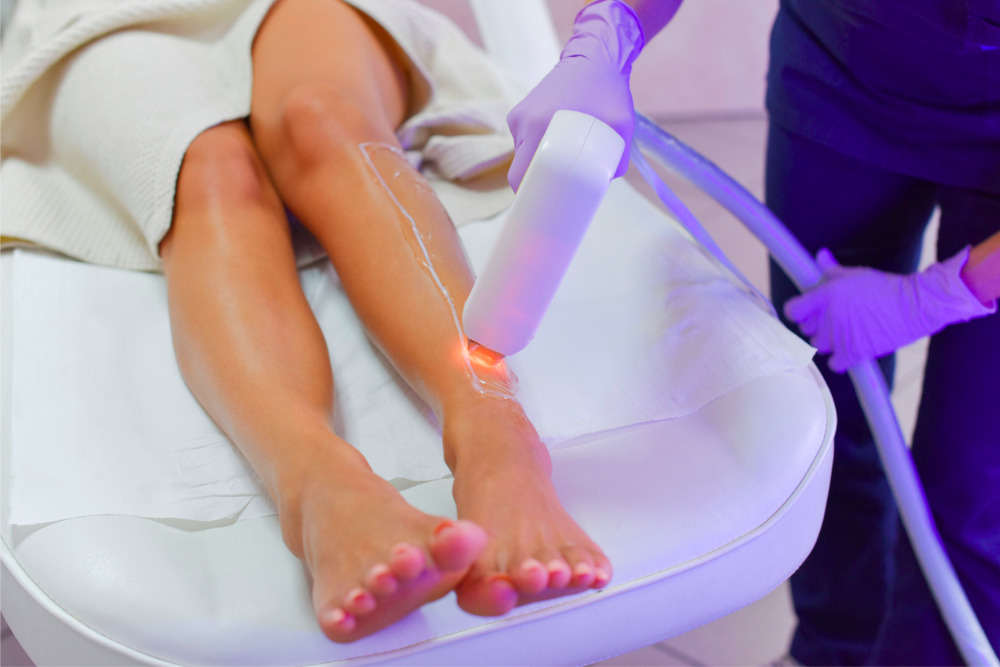As you seek out the most efficient and effective ways to manage unwanted hair, the…

Electrolysis vs. Laser Hair Removal
Do you suffer from unwanted hair growth, especially in the facial region? Electrolysis and laser hair removal are both effective permanent hair removal methods. Both procedures target the hair follicle, but electrolysis remains less common than laser hair removal. Let’s look at some other similarities and differences between these two treatment options.
Electrolysis vs. Laser Hair Removal: Similarities and Differences
Electrolysis and laser hair removal (or reduction) share a couple of similarities. Both methods reduce or completely remove unwanted hair and are FDA approved as safe and effective.
Laser Hair Reduction

Laser hair removal treatment or laser hair reduction uses a concentrated beam of light to permanently remove unwanted hair on the upper lip, bikini line, legs and almost anywhere else.
The laser emits a light that is readily absorbed by the melanin in the hair. The light’s energy converts to heat that effectively damages the hair follicles to inhibit future hair growth long-term. This method tends to be more cost-efficient than electrolysis because it takes less time to perform.
How Many Laser Sessions Does it Take to Remove Hair?
It usually takes multiple laser treatments to achieve hair removal. Even after hair removal, you must continue to have maintenance treatments to prevent regrowth.
The method works best on individuals with a lighter skin tone and dark hair. In most cases, laser hair removal is better at removing stubborn dark hair than electrolysis.
Risks and Side Effects
Many people compare the sensation of laser hair removal to that of having a rubber band snapped against their skin’s surface. The side effects of laser hair removal are usually minor skin irritation and pigment changes.
To prevent skin pigment changes, it is recommended that you limit sun exposure before and after treatments.
On rare occasions, some blistering, changes to skin texture, or scarring have been reported. Darker-skinned individuals may experience excessive hair growth around treated regions.
Electrolysis Hair Removal

Electrolysis is used to remove unwanted hairs on the face and body. The device uses either heat or chemicals to destroy the hair’s center. Then a small needle-like probe is inserted into the hair follicle to extract the hair. Many areas of the body can be treated using electrolysis such as the face, eyebrows, abdomen, legs, thighs, and breasts. Unfortunately, electrolysis takes longer than laser hair removal because each individual hair must be targeted during the procedure.
How Many Electrolysis Sessions Do I Need?
It can take several electrolysis sessions to effectively remove unwanted hair growth. You will normally return once a week for several weeks to receive treatment. However, unlike laser hair removal which requires maintenance sessions to prevent future hair growth, electrolysis permanently removes the hairs. Treatment sessions usually last from 15 minutes to one hour.
Risks and Side Effects
Electrolysis is more painful than lasering. The treated area may be tender, red, and slightly swollen following treatments. However, if done improperly, the method can easily cause infections and even scarring.
If you are interested in exploring hair reduction options, then please contact Dr. Vargas and her team of medical professionals at the Vargas Face & Skin Center to schedule a consultation. You can learn the differences between laser hair removal and electrolysis to determine which method will best fit your unique needs.
[/vc_column_text][/vc_column][/vc_row]






